Last Updated: 01/04/2020 @ 02:04 pm
If you are reading this article, you are very likely trying to resolve P0420/P0430 without having to spend a lot of money on the issue. Most of the time, the codes are due to a bad clogged catalytic converter or bad O2 sensors. Before replacing the O2 sensor, be sure to do the spacer fix modification first because O2 sensors are not cheap.
There aren’t usually any drivability issues associated with these codes. For most people, the first sign that anything is wrong at all is the check engine light. Below are the typical check engine lights you would normally get:
- P0420 NISSAN – Catalyst System Efficiency Below Threshold Bank 1
- P0430 NISSAN – Catalyst System Efficiency Below Threshold Bank 2
The Fix
You can eliminate the codes by using a spark plug non-fouler which tricks your engine computer to think that everything is working fine. This simple trick will pull the O2 sensor away from the exhaust flow and the computer will think the Catalytic converter is working properly. This will work if you remove the catalytic converter or have a bad cat. It’s very simple and cheap to do. Below is a video on how to perform the fix:
You can also buy them pre-made on eBay if you do not want to drill.

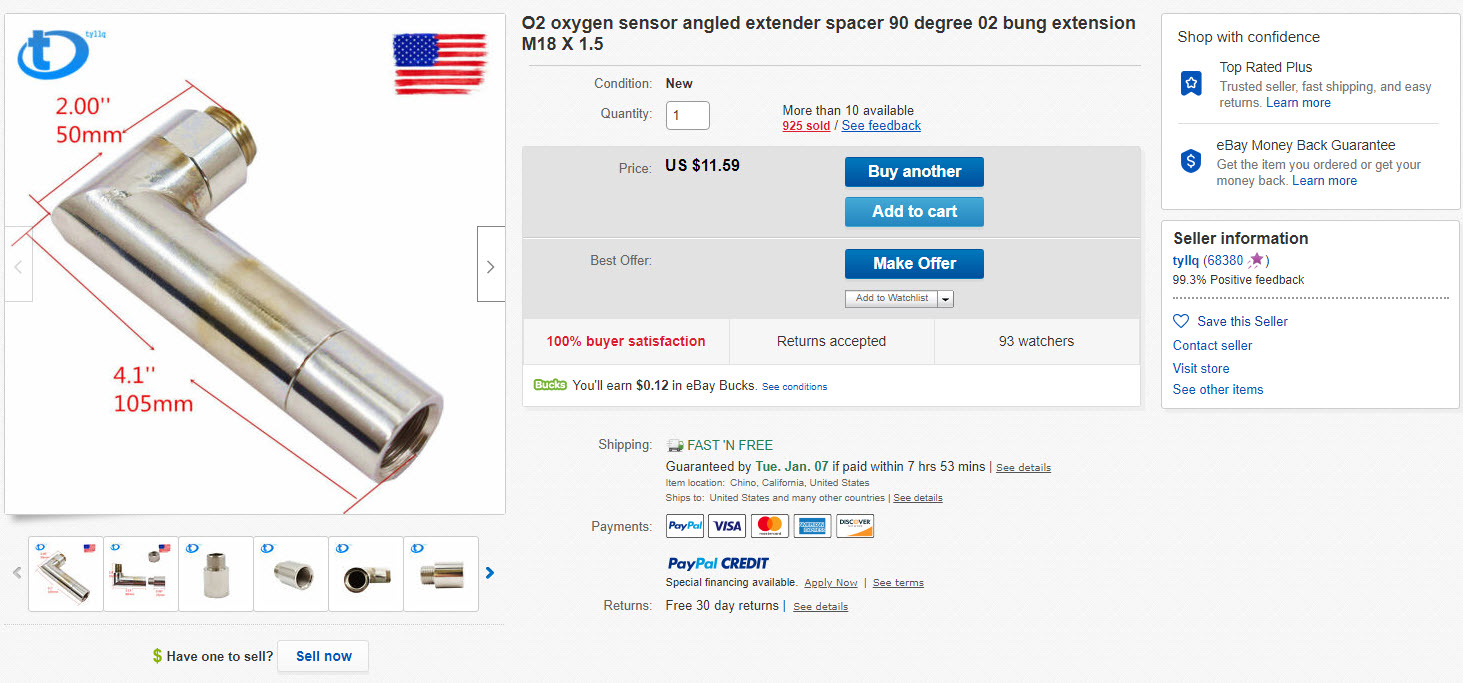
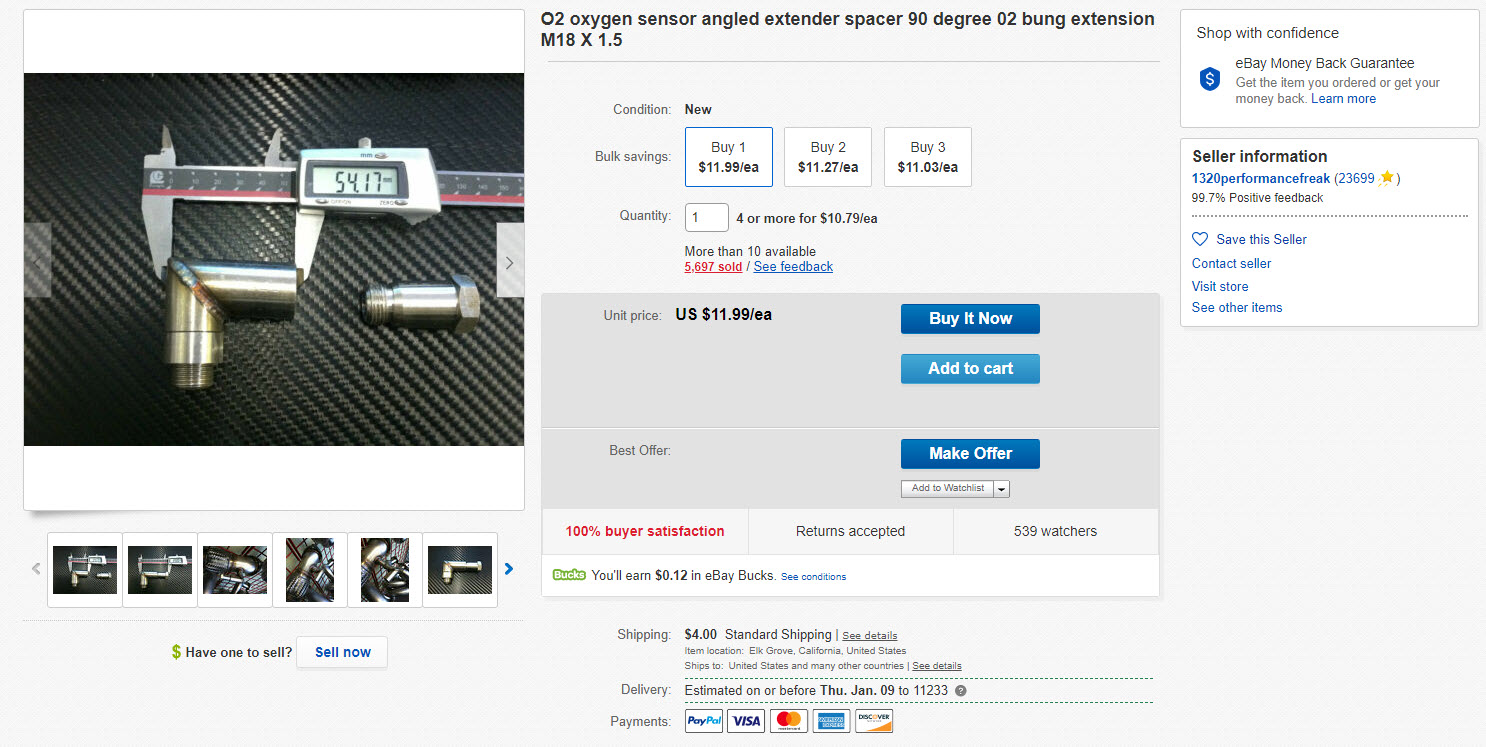
Make Your Own Spacers/Foulers
You can buy these non-fouler spacers at your local parts store. You can get them from Advanced Auto or Autozone for about $7-8 bucks.

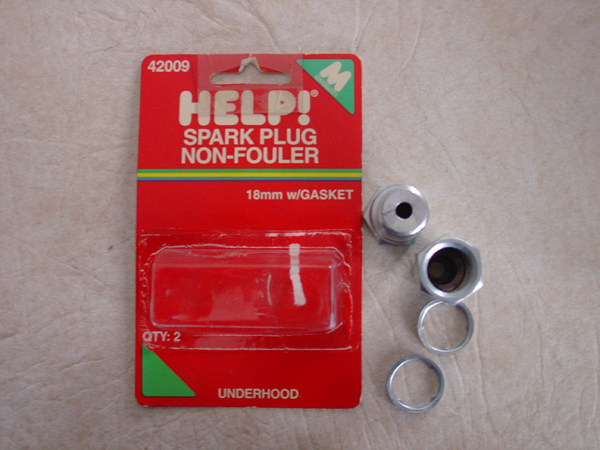

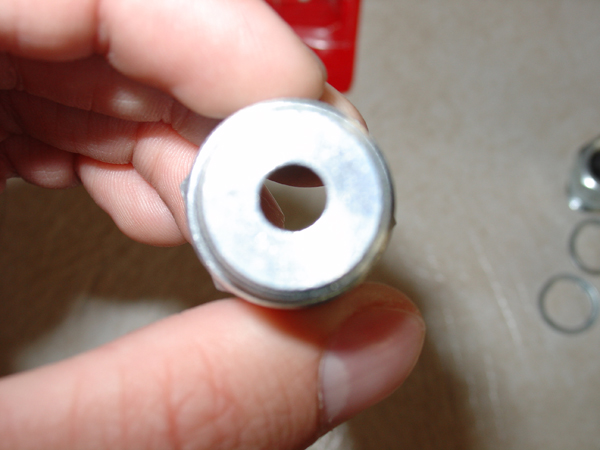
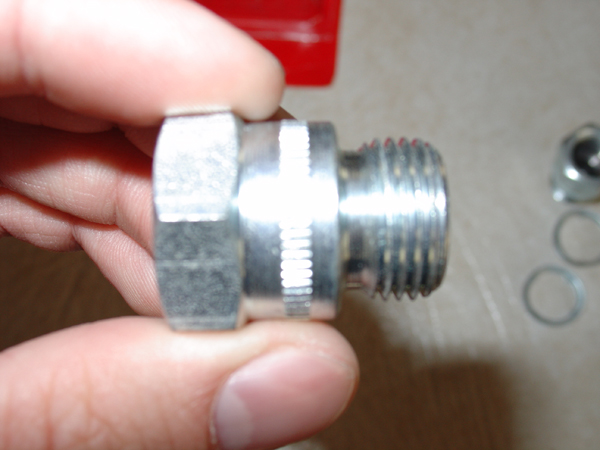
You now need to drill out 1 of the non-foulers using a 1/2″ drill bit. When finished this is what it will look like.



O2 Sensor inserted in the modified non-fouler

Second, unmodified non-fouler now installed on modified non-fouler, then threaded into the pipe

Reference Photos
Below are photos of the spacers installed and 100% working on Nissan Maximas by generation. After installing the spacers, the CEL codes went away.
5thgen Nissan Maxima





6thgen Nissan Maxima


7thgen Nissan Maxima



![]()




Comments are closed.